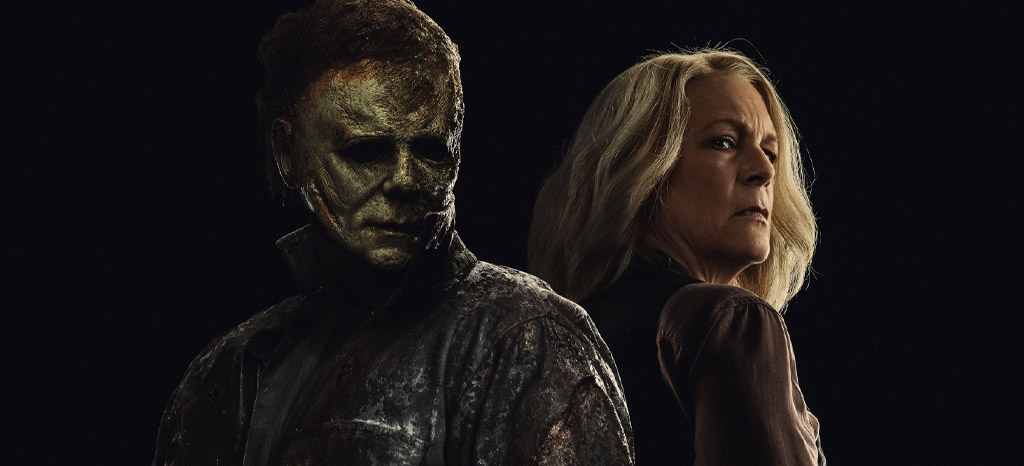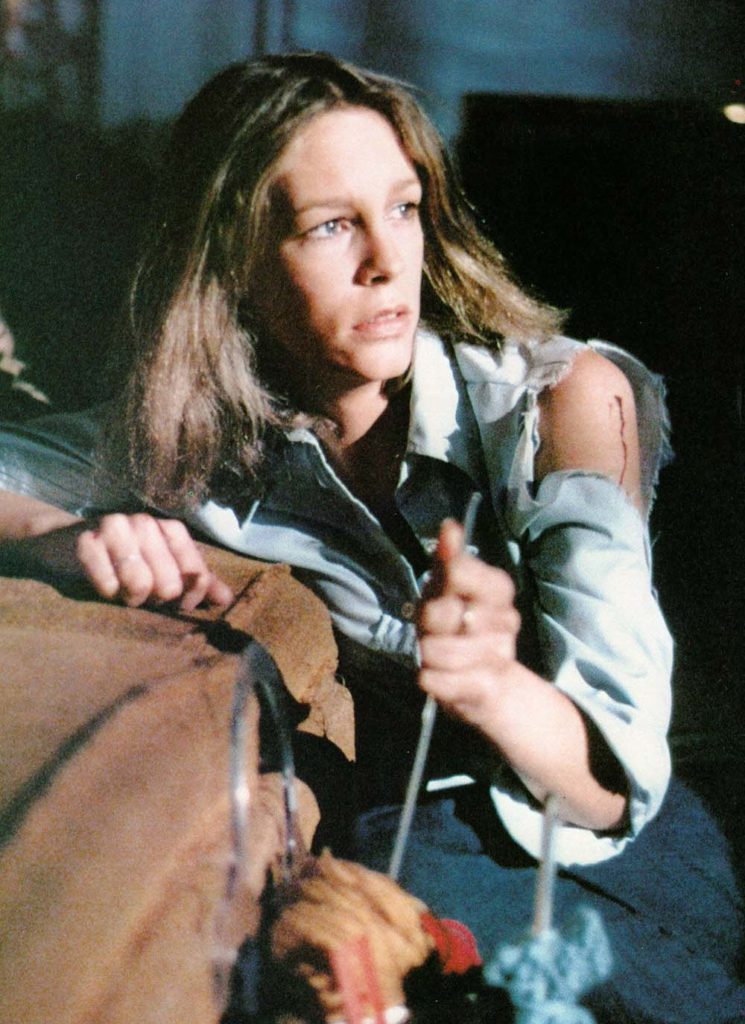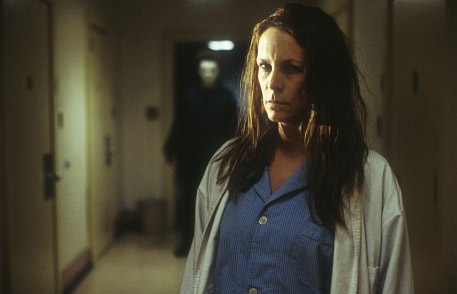
No Guest Found in this category
If the title is to be believed, Halloween Ends will depict the epic final confrontation between iconic villain Michael Myers and Jamie Lee Curtis’ perennially tortured Laurie Strode. After thirteen films, the Halloween franchise is ostensibly being put to rest by David Gordon Green, the director behind the 2018 reboot and 2021’s Halloween Kills. But will it really end? Will Myers lay down his William Shatner mask for good this time? Will the teenagers of the fictional Haddonfield, Illinois finally be able to trick or treat in peace?
The slasher genre has a long-standing tradition of misleading its audience through its titles. Who can forget 1984’s Friday the 13th: The Final Chapter? Or 1991’s Freddy’s Dead: The Final Nightmare? Both of those films were meant to kill off their villains – Michael Myers’ closest rivals, Jason Voorhees and Freddy Krueger – but (spoiler alert) those villains managed to return for multiple further entries in their respective franchises.

Halloween (1978)
In fact, Halloween Ends isn’t the first time Michael Myers has been marked for defeat in his own franchise. Legendary director of the original Halloween, John Carpenter never intended for Myers to make it into a second film, telling guests at Pennsylvania’s Steel City Comic-Con that, “I didn’t expect there to be a sequel. The first Halloween made so much money, here they came again, the same guys saying, ‘Hey John, let’s do another one.’”
Halloween 1978 ends with Myers being pumped full of bullets by his doctor, Samuel Loomis (Donald Pleasence), but ultimately, he escapes when the protagonists turn their backs. Carpenter’s film leaves Myers on the run, forever haunting the shadows and threatening to return on any given Halloween night. This ending is easily the most effective in the series, and is part of what makes the original so enduring. Carpenter wanted the audience left wondering what happened to Myers, with the mystery being scarier than explicit details.
Feeling as though he’d said all there was to say with the characters in the first film, Carpenter handed over directorial duties for 1981’s Halloween II to Rick Rosenthal. Although he was busy directing The Fog at the time, Carpenter remained involved as producer, and guided the script to become the definitive ending for the character of Michael Myers. The climax sees Dr. Loomis and Michael literally explode into smithereens. We see the masked corpse burning up in a raging inferno as the film cuts to credits.
Satisfied that the story of Myers was finally over (and even though he called Halloween II an “abomination”), John Carpenter steered the franchise into what he saw as a more interesting future direction: an anthology series. 1982’s Halloween III: Season of the Witch was meant to be the first of many stand-alone stories bearing the Halloween moniker. While the idea was sound, and Carpenter was pleased with the result, audiences saw things differently. The absence of Michael Myers confounded movie-goers, and what they received instead was a strange, creepy story about killer Halloween masks and Celtic rituals. While it’s become a cult classic in recent years, at the time of release, Halloween III was a box office failure, leaving the producers with no choice but to bring the iconic villain back.

Halloween 4: The Return of Michael Myers (1988)
After a six-year break, and with no involvement from Carpenter, Halloween 4: The Return of Michael Myers hit cinemas in 1988. This time around, the creative team was a little less enthusiastic to kill off Michael, and while he certainly could have been dead after what happens to him at the end of the film (he’s peppered with bullets and takes a long fall into a disused mineshaft), we never actually see his body. The filmmakers were clearly hedging their bets, making sure to have some form of solid ending if the film failed, but also leaving the path clear for another entry if successful. Audiences showed up in droves, making the film’s producers a small fortune at the box office.
The following year’s Halloween 5: The Revenge of Michael Myers confirmed what we all suspected, showing that Michael escaped the mine and was nursed back to health by a hermit. While the rest of the proceedings are business as usual, Halloween 5 is just about the only film in the series that doesn’t provide a potential ending for the Myers character; it ends on a major cliffhanger. A trenchcoat-wearing, cult-like shadowy figure breaks Myers out of a prison cell, leaving audiences with far more questions than answers. Those answers wouldn’t come until Halloween 6: The Curse of Michael Myers.

Halloween: The Curse of Michael Myers (1995)
Introducing Paul Rudd in his first film role, and saying farewell to Donald Pleasence in his final one, 1995 saw the release of Halloween 6. The Curse of Michael Myers marks a significant drop in the franchise’s quality, and embarrassingly, Myers is beaten to near death by Paul Rudd of all people. Halloween 6 is probably where the franchise should have ended for good. However, it wasn’t meant to be.
Not long after the release of Halloween 6, audiences were introduced to a soon-to-be heavyweight of the genre: Wes Craven’s meta-slasher classic, Scream. This prompted the studio to dust off the Myers mask again for Halloween’s 20th anniversary. Ignoring all the sequels that came before it (aside from Halloween II), Halloween: H20 saw Jamie Lee Curtis return as Laurie Strode, ready to face down her fears and take on Michael one last time.
At the end of Halloween: H20, Strode decapitates Myers in spectacular fashion. There was no question this was the end for the series. The original heroine had returned, and Michael Myers, no matter how scary he is, can’t regrow his head. That was it, right?
Wrong. Enter 2002’s Halloween: Resurrection.

Halloween: Resurrection (2002)
Convincing Jamie Lee Curtis to return one final time must not have been an easy task, and it becomes clear very quickly that she put one clear demand in her contract: that Laurie Strode dies once and for all. Resurrection kills off her character in the first ten minutes, and with her, the franchise seemingly died its final death. Sure, there’s another 80 minutes of Busta Rhymes roundhouse kicking Michael Myers upside the head after Curtis bows out, but it turns out that audiences had seen enough with Resurrection and that was where the timeline initiated in H20 ended.
In 2006, controversial filmmaker Rob Zombie took a swing at Halloween with a from-the-ground-up remake. While some fans weren’t impressed with some of Zombie’s stylistic choices, the film managed to do good business and garnered enough positive press to guarantee a sequel, which eventuated in 2009.

Halloween Ends (2022)
After Zombie’s films, Michael Myers went quiet. Not many horror franchises survive too far past a remake. The only exceptions to the rule seem to have happened in the realm of television. Ash Vs Evil Dead returned to its series’ original continuity after the 2013 remake of Evil Dead, and Chucky has found great success recently on the small screen despite the release of 2019’s Child’s Play. Director David Gordon Green’s Halloween 2018 might be unique in bringing a horror franchise back to the big screen with its original star after a high-profile remake and so many potential endpoints where its villain could have been dead for good.
So, will Halloween Ends finish the story with some finality? When speaking to Collider about Halloween Ends, David Gordon Green said, “Our Jamie Lee Curtis as Laurie Strode/Michael Myers saga will be done. The fun of it is also seeing it end and knowing that it can. If you just keep trying to elongate it and milk it for all of the money, then that’s boring.”
John Carpenter has a different perspective on the matter. He says, “The movie business is ruled by money. I guarantee you if Halloween Ends makes a lot of money, guess what? Just guess what.”
If anything, it will almost certainly be the last time we see Jamie Lee Curtis as Laurie Strode. While she may have once upon a time claimed Halloween: Resurrection would be the end, it seems she’s more adamant this time. Speaking at New York City Comic-Con 2022, Curtis said, “I’m ready to end it, but I’m gonna miss you so much.”
‘Halloween Ends’ is in cinemas now









